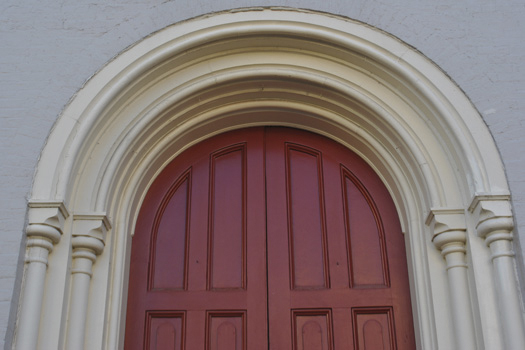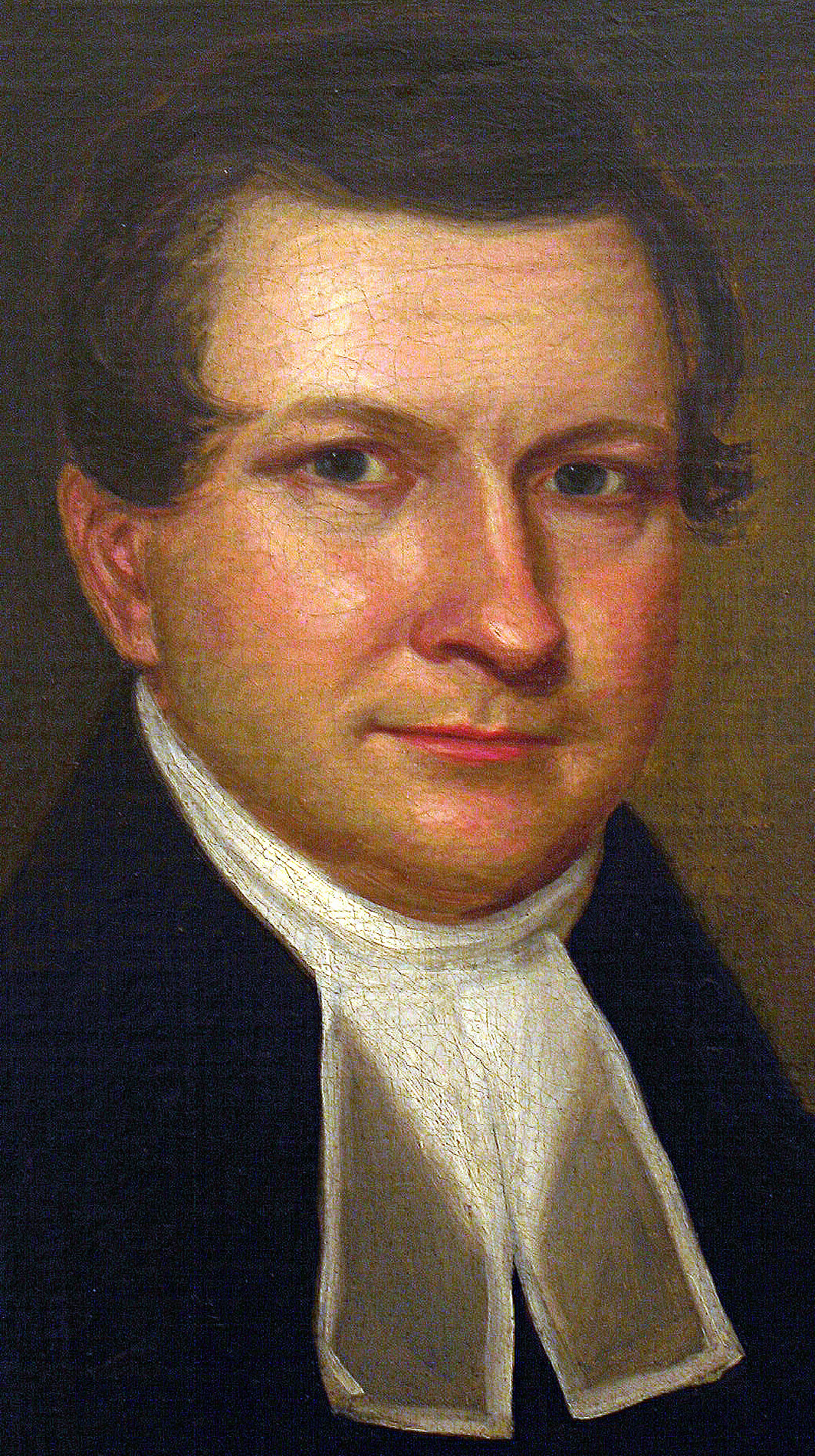 admin
admin
Rev. Edward McGuire’s role in Christian Education
This week Christian education returns (Sept 18, 2016). In that spirit we remember Rev. Edward McGuire (1813-1858), not only as the longest standing rector but also a leader in Christian education in this church and community. In 1823, Rev. Edward McGuire created Faulkner Hall for Christian Education; was involved as a trustee and organizer in various academies in Fredericksburg; and participated in the fund raising effort for the future Virginia Theological Seminary.
McGuire may be the most important St. Georgian in our history. He has a hall and room named for him; is the only rector with a plaque in the church; and was honored with a stained glass window (“Ascension”) purchased in his name in 1885. In 2009, Trip Wiggins did a forum presentation of Edward McGuire – here .
History Sept 8, 2016
Recently, a website was setup to highlight St. George’s history over the past 300 years. These columns in the email newsletter will direct you to a weekly article. You can also find the mostly recently published articles on the right side of the website. This week’s article is about Quenzel’s History of St. George’s Church … Read more

